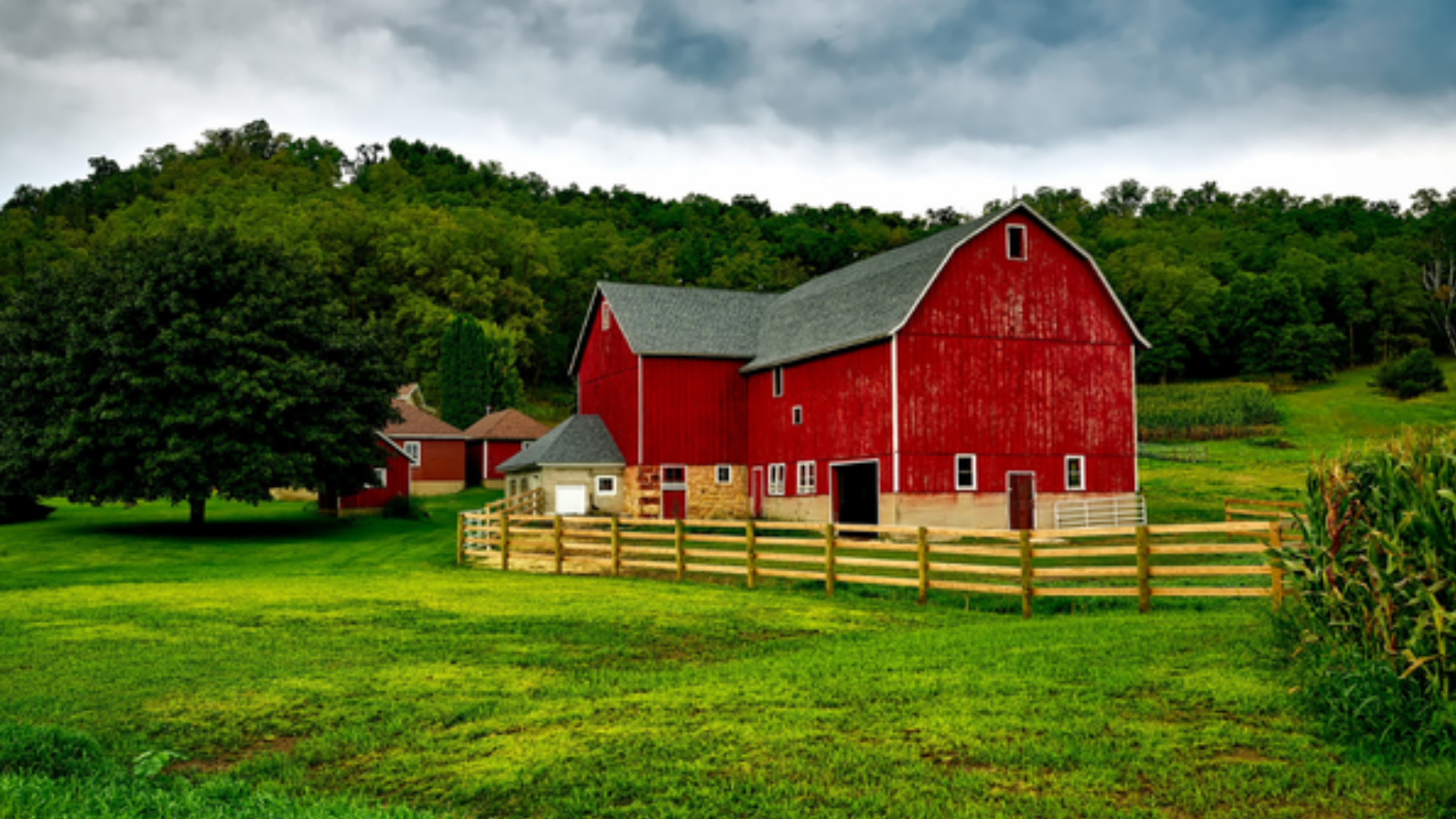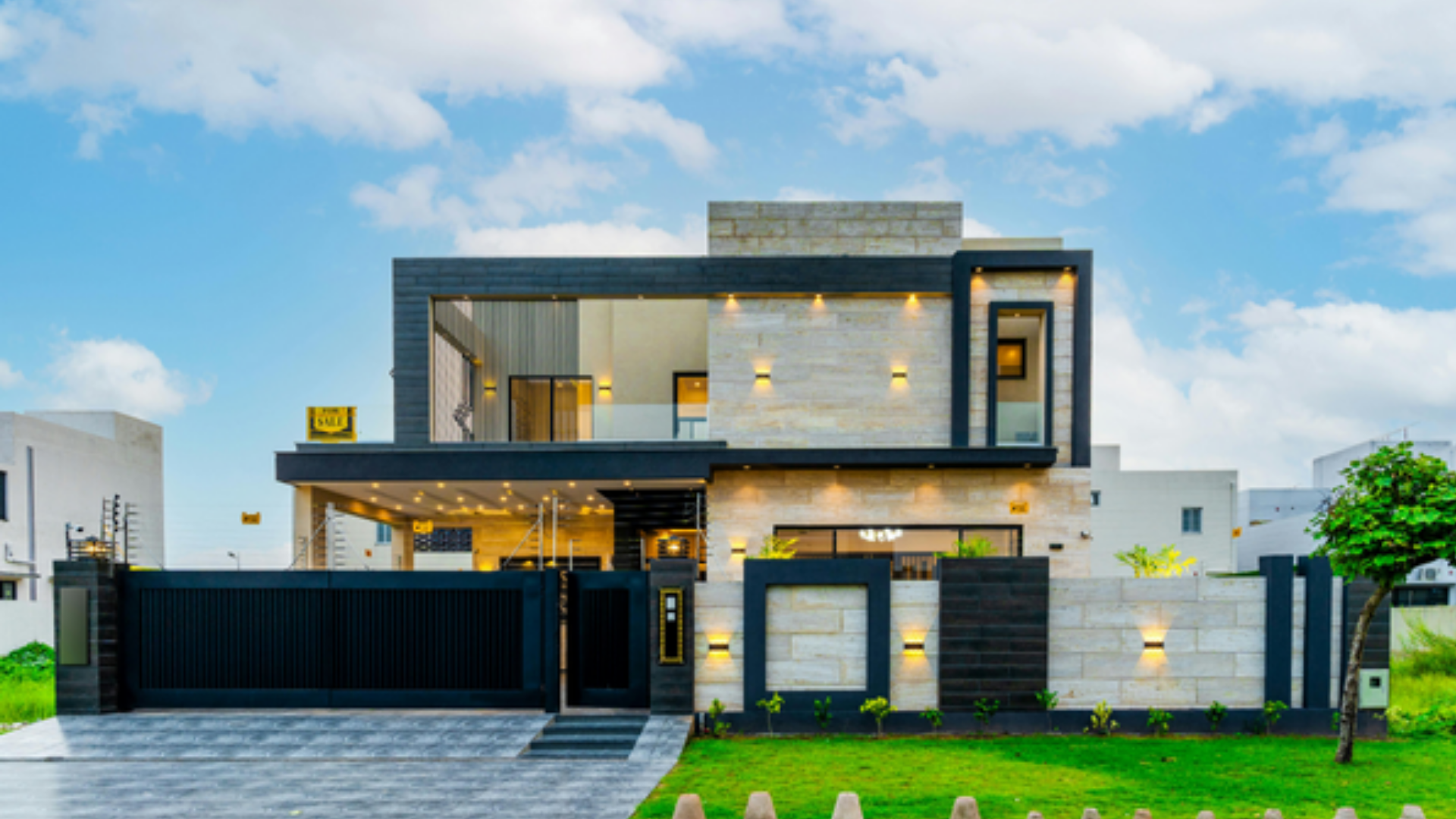🌱 Green Architecture:- A Complete Guide to Sustainable Building Design
Introduction
Green architecture, also known as sustainable architecture, is one of the most important design approaches in today’s modern world. It focuses on the construction of energy-efficient, eco-friendly, and environmentally responsible buildings. Its main goal is to conserve natural resources, reduce energy consumption, and minimize pollution.

What is green architecture?
Let’s learn about architecture. This is a modern design philosophy that aims to plan and construct buildings with minimal negative environmental impact. It emphasizes:
- Use of renewable energy sources
- Conservation of water and energy
- Maximizing natural light and ventilation
- Use of environmentally friendly building materials
Key Principles of Green Architecture:-

In this article, we will explore the principles of architecture, along with their utility and role in detail. Let’s explore them one by one:
1. Energy Efficiency
- Solar panels, wind energy, and passive solar energy are useful in design.
- Energy-efficient lighting and appliances.
2. Water Conservation
- Rainwater Harvesting Systems
- Low-Flow Plumbing Equipment
- Greywater Recycling
3. Use of Sustainable Materials
- Recycled Steel, Bamboo, and Reclaimed Wood
- Non-Toxic Paint and Low-VOC Materials
4. Indoor Environmental Quality
- Natural Light and Cross-Ventilation
- Indoor Plants for Improved Air Quality
5. Waste Reduction
- Construction Waste Management
- Reuse and Recycling Strategies
Benefits of Green Architecture
🌍 Environmental Benefits
- Reduces pollution and carbon footprint
- Conserves natural resources
💰 Economic Benefits
- Saves 30–50% on energy bills
- Increases property value
🏡 Social Benefits
- Provides a healthier indoor environment
- Enhances comfort and lifestyle
Examples of Green Architecture Around the World
- The Edge, Amsterdam – Known as the world’s greenest office building.
- Bahrain World Trade Center – Features integrated wind turbines.
- Indira Paryavaran Bhawan, New Delhi – India’s first net-zero energy building.

The Future of Green Architecture
In today’s modern world, with rapid urbanization and climate change, the future of architecture looks promising. Concepts like net zero buildings, smart cities, and green infrastructure are laying the foundation for sustainable development.
Conclusion
Green architecture is not just a trend, but a necessity for the future. It saves energy, reduces costs, and protects the environment. Every architect, engineer, and planner should adopt sustainable design practices to create a greener and healthier world that can more easily withstand future challenges.
